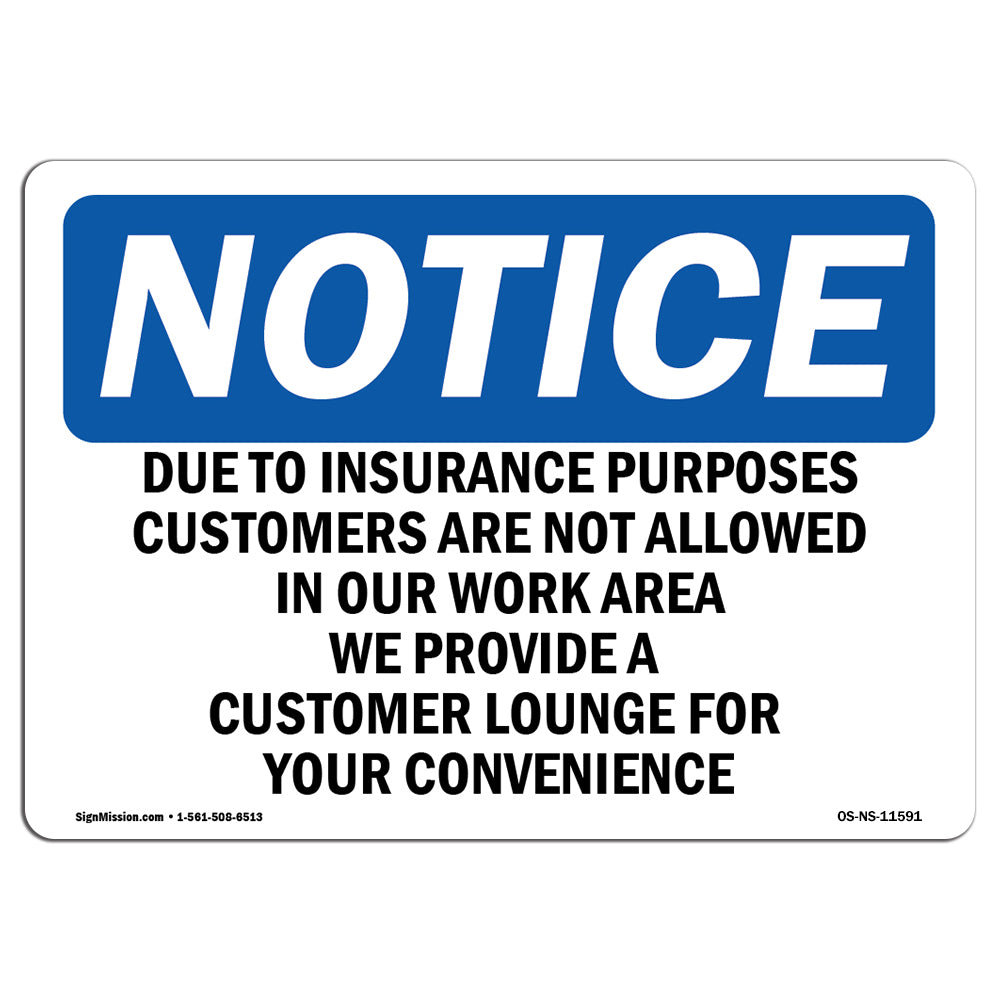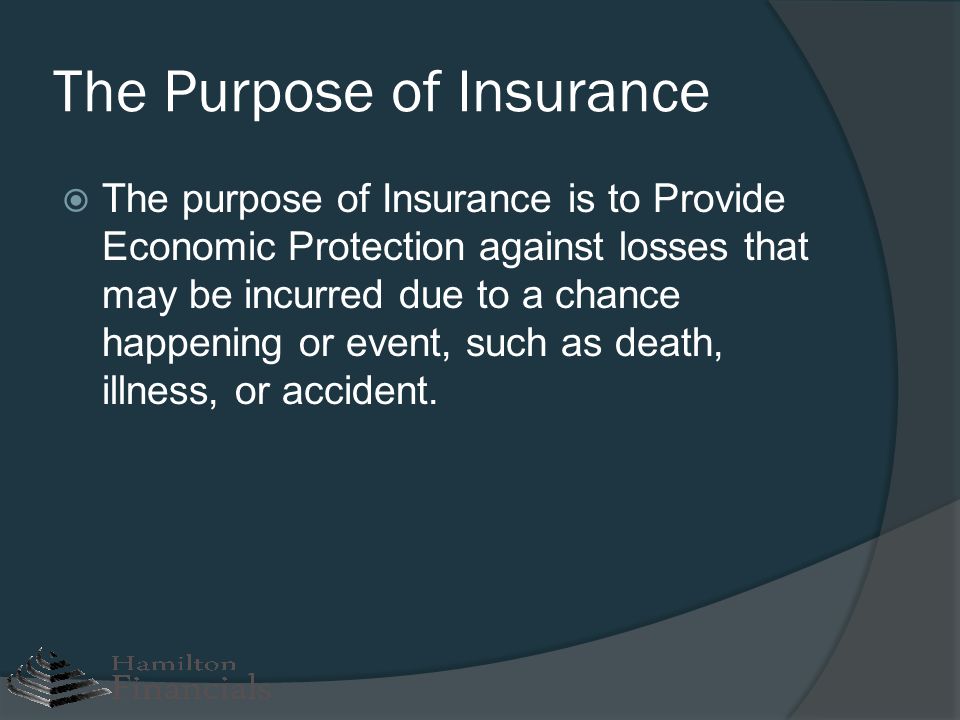Indicators on Pacific Prime You Should Know
Indicators on Pacific Prime You Should Know
Blog Article
Excitement About Pacific Prime
Table of ContentsSome Ideas on Pacific Prime You Should KnowNot known Facts About Pacific PrimePacific Prime Things To Know Before You BuyThe Basic Principles Of Pacific Prime The 9-Second Trick For Pacific Prime

This is due to the fact that the data were collected for a duration of solid economic efficiency. Of the approximated 42 million individuals that were without insurance, just about about 420,000 (concerning 1 percent) were under 65 years of age, the age at which most Americans end up being eligible for Medicare; 32 million were adults in between ages 18 and 65, about 19 percent of all adults in this age; and 10 million were youngsters under 18 years old, regarding 13.9 percent of all children (Mills, 2000).
These quotes of the variety of individuals without insurance are generated from the yearly March Supplement to the Current Population Survey (CPS), performed by the Demographics Bureau. Unless otherwise kept in mind, national price quotes of people without wellness insurance coverage and proportions of the population with various sort of coverage are based on the CPS, one of the most extensively made use of source of price quotes of insurance policy coverage and uninsurance rates.
Pacific Prime Can Be Fun For Anyone

Still, the CPS is particularly helpful since it creates annual estimates reasonably quickly, reporting the previous year's insurance policy protection approximates each September, and since it is the basis for a consistent set of estimates for more than 20 years, allowing for analysis of trends in protection over time. For these reasons, along with the extensive usage of the CPS in various other research studies of insurance protection that are offered in this record, we count on CPS quotes, with restrictions noted.

The estimate of the variety of without insurance individuals expands when a populace's insurance status is tracked for several years. Over a three-year duration starting early in 1993, 72 million people, 29 percent of the united state population, were without insurance coverage for at the very least one month. Within a solitary year (1994 ), 53 million people experienced at the very least a month without coverage (Bennefield, 1998a)
6 out of every 10 without insurance grownups are themselves utilized. Although working does improve the chance that a person and one's household participants will certainly have insurance coverage, it is not a warranty. Even participants of families with two full time breadwinner have practically a one-in-ten chance of being without insurance (9.1 percent without insurance rate) (Hoffman and Pohl, 2000).
An Unbiased View of Pacific Prime
New immigrants make up a significant proportion of individuals without medical insurance. One evaluation has associated a substantial portion of the recent development in the dimension of the united state uninsured population to immigrants who showed up in the nation in between 1994 and 1998 (Camarota and Edwards, 2000). Recent immigrants (those who pertained to the navigate to these guys United States within the previous 4 years) do have a high price of being without insurance (46 percent), but they and their youngsters represent just 6 percent of those without insurance policy across the country (Holahan et al., 2001).
The relationship in between health insurance and access to care is well established, as documented later on in this chapter. The relationship in between wellness insurance policy and wellness results is neither direct neither straightforward, an extensive scientific and health and wellness solutions research study literature web links wellness insurance policy protection to improved access to care, far better quality, and boosted personal and populace wellness condition.
Levels of evaluation for taking a look at the effects of uninsurance. It focuses especially on those without any kind of health and wellness insurance for any type of size of time.
Excitement About Pacific Prime
The troubles faced by the underinsured are in some respects comparable to those encountered by the without insurance, although they are usually much less serious. Health and wellness insurance coverage, however, is neither necessary neither adequate to get access to clinical services. The independent and straight impact of health insurance policy coverage on accessibility to health and wellness services is well developed.
Others will obtain the healthcare they need also without health and wellness insurance, by spending for it expense or seeking it from carriers that provide treatment cost-free or at extremely subsidized rates. For still others, wellness insurance policy alone does not make sure receipt of treatment as a result of other nonfinancial obstacles, such as an absence of health care providers in their area, restricted access to transportation, illiteracy, or linguistic and social distinctions.
All About Pacific Prime
Formal research study about uninsured populaces in the USA dates to the late 1920s and early 1930s when the Committee on the Expense of Medical Treatment produced a series of records about financing medical professional office check outs and hospital stays. This concern became salient as the numbers of medically indigent climbed during the Great Anxiety.
Report this page